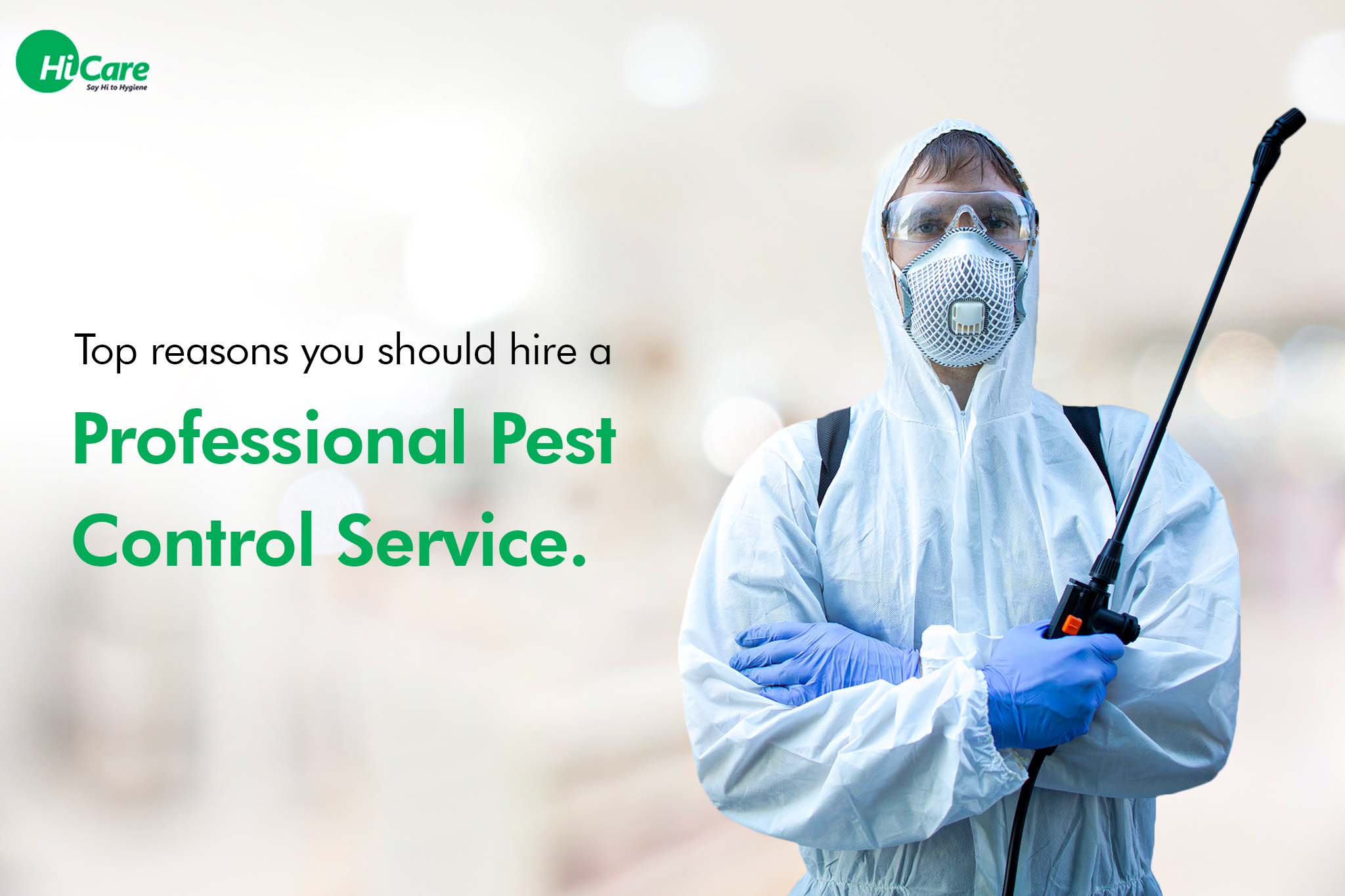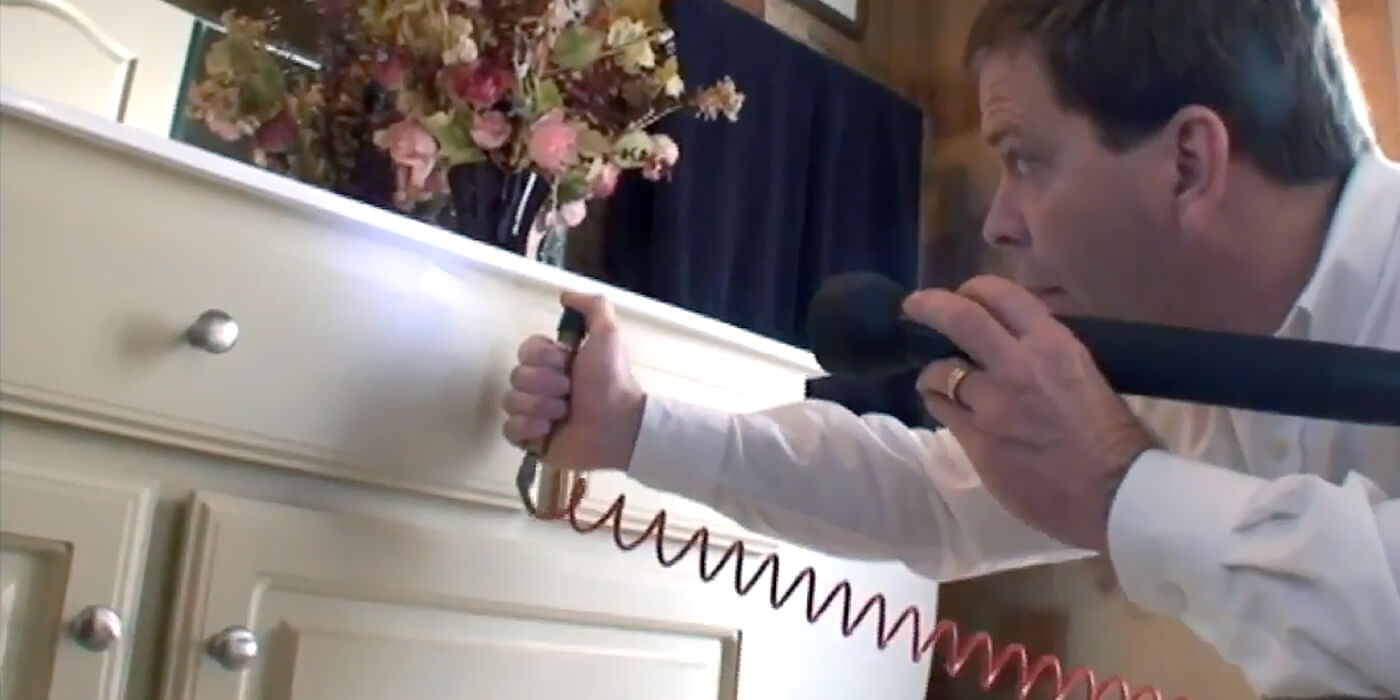High Quality A1 Pest Control Services Charlotte - Shield Your Home
Bed Insect Treatment Failure: Contrasting Chemical Vs. Non-Chemical Solutions
In the world of parasite control, specifically when handling the persistent concern of bed pests, the choice between chemical and non-chemical treatment remedies can be a critical one. Both strategies provide distinctive advantages and disadvantages, affecting aspects such as effectiveness, safety considerations, and general price. By taking a look at the nuanced information of each technique, a clearer understanding of which course to seek in resolving a bed pest problem can be acquired.
Effectiveness of Chemical Treatments
Chemical therapies for bed insect infestations have been extensively identified for their fast and powerful efficiency in getting rid of these parasites. When thinking about the performance of chemical treatments, it is crucial to recognize that they can provide a extensive and fast solution to a bed pest issue.
Additionally, chemical treatments have the benefit of offering recurring impacts, suggesting that they can remain to remove bed pests also after the initial application. This residual action is especially useful in combating any possible re-infestations. In addition, the quick activity of chemical treatments can bring relief to individuals dealing with severe bed insect infestations, permitting them to regain control of their home promptly.
Security Worry About Chemical Solutions
When using chemical solutions for bed bug therapy is making sure the safety of occupants and the atmosphere,One critical element that needs mindful factor to consider. While chemical treatments can be reliable in eradicating bed bugs, they might pose threats otherwise taken care of correctly. One of the key safety interest in chemical options is the potential harm they can cause to human wellness. Direct exposure to certain chemicals used in bed insect therapies can bring about breathing problems, skin irritability, or various other unfavorable reactions, especially in individuals with pre-existing conditions or level of sensitivities. In addition, improper application or dosage of chemical pesticides can result in harmful residues lingering in the cured location, presenting lasting health and wellness threats to residents.
Additionally, the ecological influence of chemical services is one more substantial factor to consider. Some pesticides made use of in bed bug treatments may be damaging to useful pests, wildlife, and ecological communities if they leach into the soil or water systems. It is important to use chemical therapies judiciously, adhering to safety and security standards, and considering less toxic choices to minimize these dangers and ensure the effective and risk-free management of bed insect infestations.
Advantages of Non-Chemical Techniques
Thinking about the prospective safety and security worries and ecological influence connected with chemical options for bed pest treatment, exploring non-chemical strategies presents a promising option with a number of distinctive benefits. Non-chemical treatments are environmentally pleasant, as they do not contribute to air or water contamination, making them a lasting option for insect control.
In addition, non-chemical solutions can be reliable in targeting bed bugs, including hard-to-reach locations where chemical treatments may not permeate. Techniques such as heat treatment, vacuuming, vapor cleaning, and bed mattress encasements offer detailed eradication without using hazardous chemicals. Furthermore, non-chemical methods can be much less disruptive, calling for very little prep work and permitting for quicker reentry right into treated areas. Overall, choosing non-chemical bed pest therapy approaches not just focuses on safety and security and ecological protection yet also ensures detailed and reliable parasite control.
Limitations of Non-Chemical Treatments

Furthermore, non-chemical therapies typically require numerous applications to achieve effective obliteration. This can be taxing and might not always guarantee full elimination of all bed pests and their eggs, especially in surprise or hard-to-reach areas.
In addition, the success of non-chemical treatments heavily depends on appropriate implementation and thoroughness, which can be challenging for people without expert competence. Insufficient application of non-chemical methods may result in incomplete elimination, bring about consistent infestations and the requirement for extra treatments.
For that reason, while non-chemical therapies have their benefits, it is necessary to recognize these limitations and consider them when establishing the most effective technique for taking care of bed insect invasions.
Price Contrast: Chemical Vs. Non-Chemical Options
Provided the restrictions related to non-chemical treatments, a crucial aspect to examine in article source the context of bed insect management is the cost comparison in between chemical and non-chemical options. Chemical treatments typically include the application of insecticides by professionals, which can range from $250 to $900 per space, depending on the intensity of the invasion and the dimension of the location to be dealt with. In comparison, non-chemical treatments like heat therapy or vapor can be a lot more expensive, with expenses varying from $1,000 to $6,000 for an entire home. While the initial price of chemical therapies might appear reduced, numerous therapies might be required to totally eradicate the invasion, possibly increasing the total expense. On the other hand, non-chemical options may provide a more environmentally friendly and lasting solution, although they can be cost-prohibitive for some people. Eventually, when taking into consideration the expense of bed pest therapy options, it is very important to consider the ahead of time expenditures versus the performance and lasting sustainability of the chosen approach.
Final Thought

Thinking about the possible security issues and environmental influence linked with chemical solutions for bed insect treatment, checking out non-chemical techniques offers a promising choice with numerous distinct benefits.Offered the restrictions connected with non-chemical therapies, an important facet to assess in the context of bed insect monitoring is the cost comparison between chemical and non-chemical options. In comparison, non-chemical therapies like warmth treatment or vapor can be more pricey, with costs varying from $1,000 to $6,000 for a whole home. While the preliminary price of chemical treatments might appear reduced, numerous treatments might look these up be called for to fully get rid of the invasion, potentially enhancing the total price.In verdict, when contrasting chemical and non-chemical bed pest treatment read the article options, it is crucial to take into consideration effectiveness, safety, benefits, restrictions, and price.